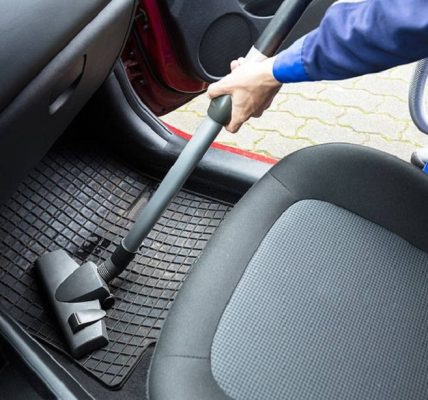When it comes to owning a car, knowing the basics of car repairs is an invaluable skill. Not only can it save you money on expensive mechanic bills, but it can also help you stay safe on the road. In this article, we’ll dive into the essential car repairs every vehicle owner should be familiar with. From changing the oil to replacing a flat tire, we’ll cover it all. So, grab your toolkit, and let’s get started!
Changing the Oil
One of the fundamental car maintenance tasks is changing the oil. Your car’s engine relies on clean oil for optimal performance. Neglecting this can lead to engine damage and costly repairs. Here’s how you can do it:
- Gather the necessary tools: oil filter wrench, oil drain pan, funnel, and the right type of oil.
- Lift the car: Use a jack to lift your car off the ground safely.
- Locate the oil pan and drain plug: It’s usually located under the engine.
- Drain the oil: Place the oil drain pan beneath the drain plug and remove it. Allow the old oil to drain completely.
- Replace the oil filter: Remove the old oil filter and replace it with a new one.
- Add new oil: Using a funnel, pour the appropriate amount of new oil into the engine.
- Check the oil level: Use the dipstick to ensure the oil level is correct.
Replacing Spark Plugs

Faulty spark plugs can lead to poor engine performance and reduced fuel efficiency. Here’s how to replace them:
- Locate the spark plugs: They are usually found on the top of the engine under the wires.
- Remove the wires: Carefully disconnect the spark plug wires.
- Remove the old spark plugs: Use a spark plug socket to unscrew and remove the old plugs.
- Gap the new spark plugs: Check the manufacturer’s specifications for the correct gap.
- Install the new spark plugs: Screw in the new plugs by hand and then use a wrench to tighten them.
- Reattach the wires: Carefully connect the spark plug wires to the new plugs.
Changing the Air Filter
A clean air filter is essential for your car’s engine to breathe properly. Here’s how to replace it:
- Locate the air filter housing: It’s usually a plastic box near the engine.
- Open the housing: Remove the clips or screws holding the housing together.
- Remove the old air filter: Take out the old, dirty air filter.
- Install the new air filter: Place the new filter in the housing.
- Close the housing: Secure the housing back together and fasten it with clips or screws.
Fixing a Flat Tire

A flat tire can happen at any time, so knowing how to change it is crucial for your safety. Here’s what to do:
- Safety first: Pull over to a safe location away from traffic.
- Gather your tools: You’ll need a jack, lug wrench, and spare tire.
- Loosen the lug nuts: Before lifting the car, slightly loosen the lug nuts on the flat tire.
- Lift the car: Use the jack to lift the car off the ground.
- Remove the flat tire: Completely remove the lug nuts and take off the flat tire.
- Install the spare tire: Place the spare tire on the wheel hub and hand-tighten the lug nuts.
- Lower the car: Carefully lower the car back to the ground using the jack.
- Tighten the lug nuts: Use the lug wrench to securely tighten the lug nuts.
Conclusion
Mastering these basic car repairs can save you time and money, and it’s also a great way to ensure your safety on the road. Whether it’s changing the oil, replacing spark plugs, changing the air filter, or fixing a flat tire, these skills are essential for every car owner. So, don’t hesitate to roll up your sleeves and get your hands dirty!
FAQs
Q1: How often should I change my car’s oil?
A1: It’s generally recommended to change your car’s oil every 3,000 to 5,000 miles, but check your owner’s manual for specific intervals.
Q2: Can I use any type of oil for my car?
A2: No, it’s essential to use the type of oil recommended in your car’s owner’s manual for optimal performance.
Q3: What are the signs of a faulty spark plug?
A3: Signs of a faulty spark plug include poor engine performance, misfires, and reduced fuel efficiency.
Q4: How often should I replace my car’s air filter?
A4: You should replace your car’s air filter every 12,000 to 15,000 miles, but it may vary depending on driving conditions.
Q5: Can I drive on a spare tire for an extended period?
A5: Spare tires are intended for temporary use only. It’s essential to replace them with a regular tire as soon as possible.





